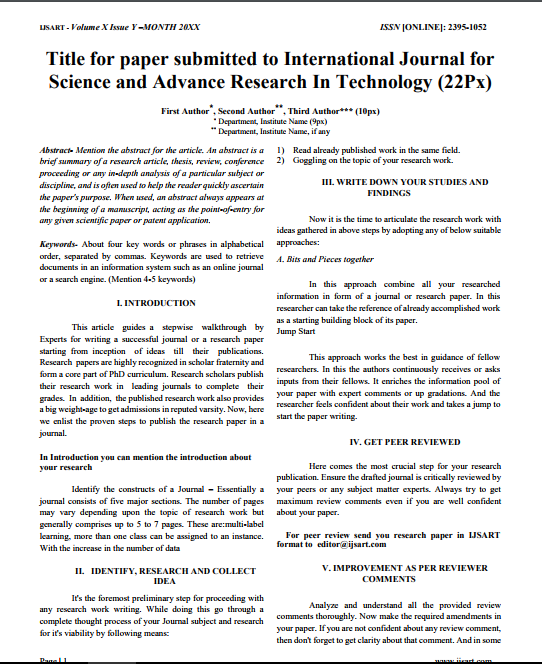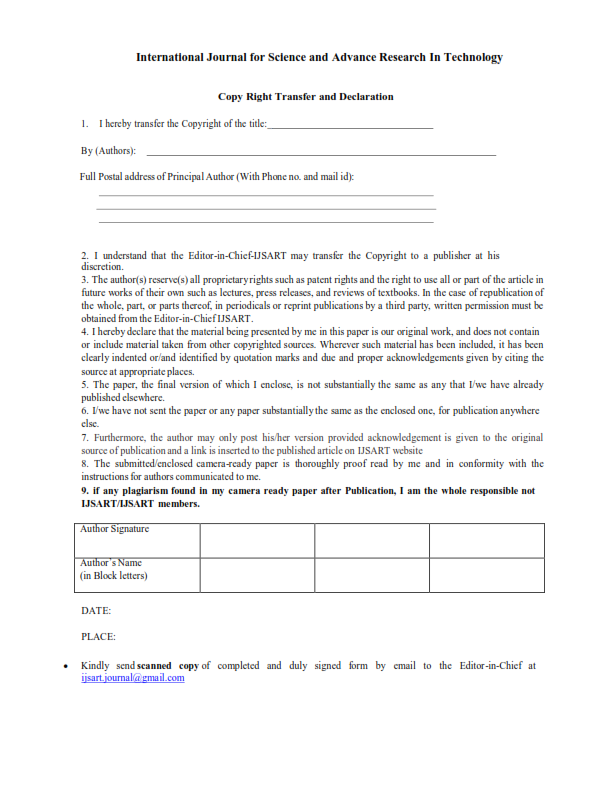OPTIMIZATION OF ACTIVATED CHARCOAL PROCESS AT TERTIARY TREATMENT OF EFFLUENT WITH HIGHER COD |
Author(s): |
| Jesal Patel |
Keywords: |
| COD, Adsorption, Efficiency, contaminants, activated charcoal |
Abstract |
|
A treatability study on reduction of COD is to be carried out using Activated Charcoal. Activated charcoal holds an important role in tertiary treatment for the reduction of the waste water parameters. The two main principal mechanisms by which activated carbon reduces the contaminants from the waste water are adsorption and catalytic reduction, out of which our area of interest is adsorption. We are focusing more on the reduction of the refractory COD from the effluent as its presence tends to reduce the efficiency of the tertiary treatment units. Experimental set up for fixed bed adsorption unit consisting of Powdered Activated Charcoal (PAC) and Granular Activated Charcoal (GAC) was been carried out. Different grades of Activated charcoal were checked for the optimum grade. Finally, we optimized it with different the operating parameters like flow rate, bed height and contact time for getting the best COD reduction. Activated carbon adsorption method is found to be an effective method for reduction of COD. On an average the percentage COD reduction is found to be in the range of 75-80%. And along with COD reduction in NH3-N is also found which is in the range of 49-51% along with slight increase in the value of pH. And as we are using activated carbon, reduction in colour is must. |
Other Details |
|
Paper ID: IJSARTV Published in: Volume : 4, Issue : 7 Publication Date: 7/1/2018 |
Article Preview |
|
Download Article |


